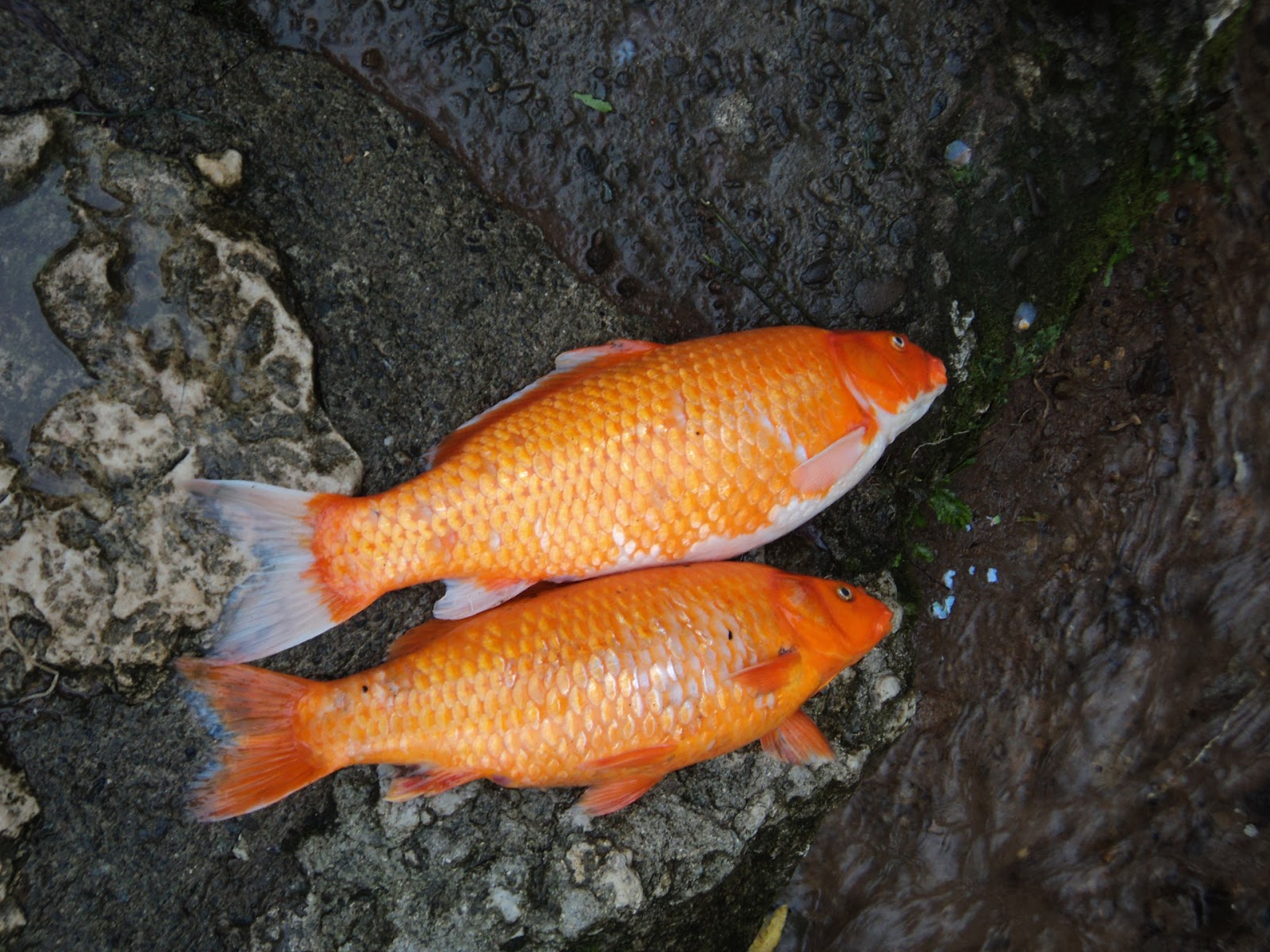
Discover the Importance of Maintaining Optimal Oxygen Levels in Your Koi Pond
Introduction
Many homeowners who have outdoor water features will agree that koi ponds are some of the most beautiful and peaceful additions to any backyard. Besides the pleasure they bring, koi ponds offer a sophisticated and serene environment for keeping koi fish, promoting their health, and enhancing their beauty.
However, if you’re the proud owner of a koi pond, you may already be aware that keeping the water quality consistent and the environment healthy for your fish can be a challenging task. One of the most critical factors for a healthy koi pond is the optimal level of oxygen in the water. Read on to find out why oxygen levels matter and how to ensure your koi pond has what it needs.
The Importance of Oxygen Levels in Koi Ponds
Your koi fish rely on oxygen to survive, just like any other living creature. Koi consume oxygen and release carbon dioxide through their gills. The pond’s oxygen levels fluctuate during different times of day and weather conditions, which means that your koi require sufficient levels of dissolved oxygen in the water at all times.
Without adequate levels of oxygen, your koi may experience sluggishness, stress, and reduced appetite. They can also suffer from hypoxia and suffocation, which can cause long-term health issues or even death. As such, maintaining the right oxygen levels is essential for keeping your koi healthy and happy.
Measuring Oxygen Levels in Your Koi Pond
The ideal oxygen level range for koi pond will depend on several factors, including the size of your pond, the number of koi, and the temperature. Typically, the optimal oxygen level for a koi pond should be above 6 mg/L, and never below 4 mg/L.
To determine the oxygen levels in your koi pond, you can use a pond oxygen meter or a dissolved oxygen test kit. Ensure that you check the oxygen levels in your pond regularly, especially during hot summer months or other harsh weather conditions that can cause oxygen depletion.
Tips for Increasing Oxygen Levels in Your Koi Pond
There are several ways to ensure that your koi pond has optimal oxygen levels. Here are some tips to help you maintain your pond’s oxygen levels:
1. Install a Waterfall, Fountain or Aeration System
A waterfall, fountain, or aeration system can help increase oxygen levels in your pond by introducing oxygen at the surface level. Be sure to run your waterfall or aeration system for at least eight hours a day to ensure consistent oxygen levels in the water.
2. Add More Plants
Adding more aquatic plants to your koi pond can help increase oxygen levels naturally. Plants are photosynthetic organisms that produce oxygen as a byproduct of their photosynthesis process. Be sure to add a variety of oxygenating plants to your pond, such as water lilies, lotus, hornwort, and duckweed.
3. Clean and Maintain Your Pond
A dirty and poorly maintained pond is more likely to have low oxygen levels, and this will affect your koi’s health. Ensure that you regularly clean your pond, remove dead leaves and debris, and vacuum the bottom of your pond. Also, avoid overfeeding your koi, as uneaten food and waste can contribute to poor water quality.
Conclusion
Maintaining the right oxygen levels in your koi pond is critical for your koi’s health and your pond’s overall health. You can use the above tips to ensure that your pond has the optimal oxygen levels. However, remember to always check your oxygen levels regularly and follow best practices for pond maintenance.







